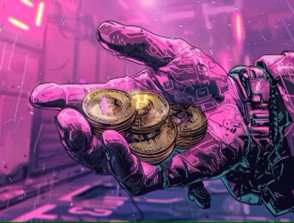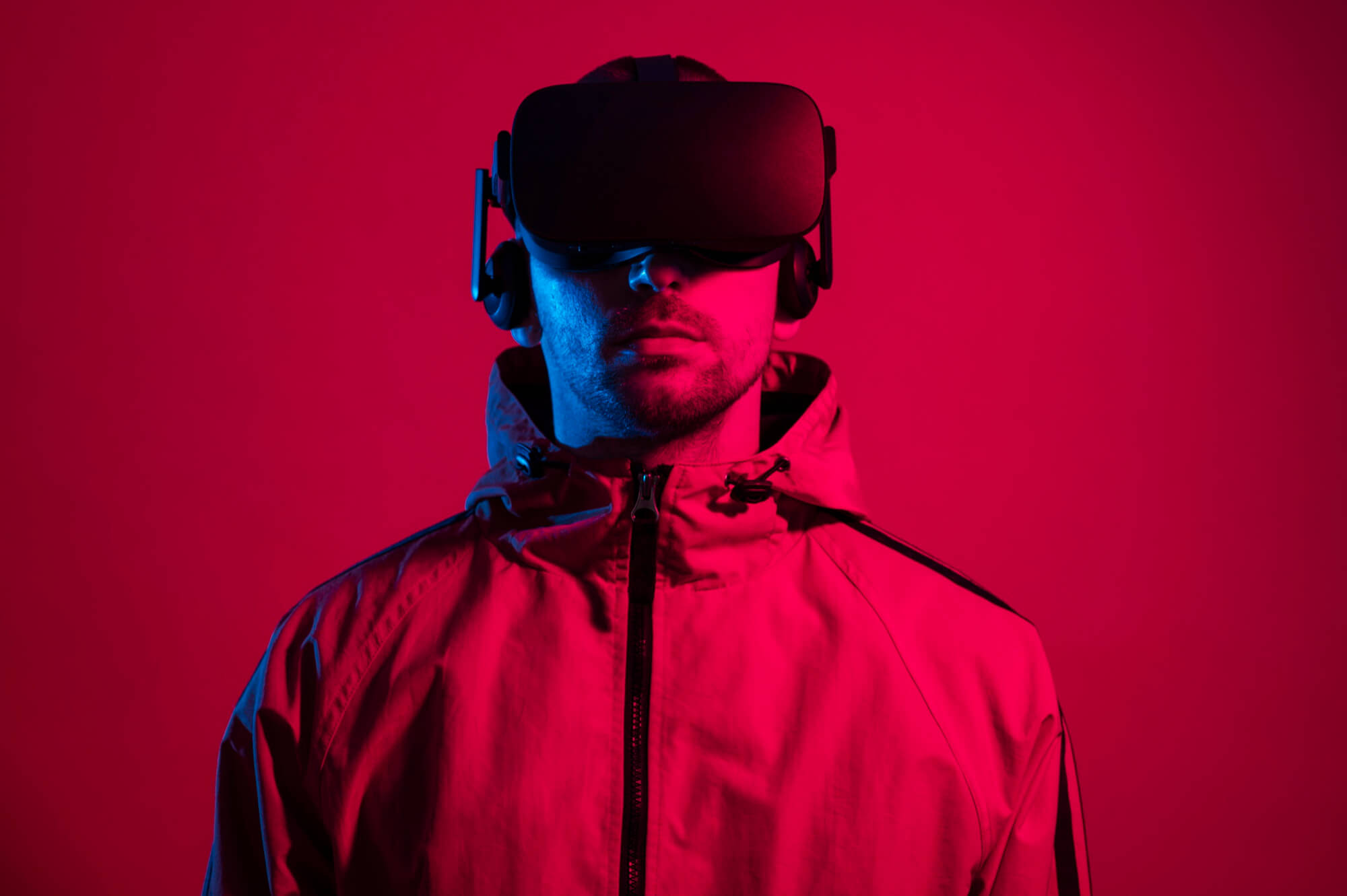In recent years, Non-Fungible Tokens (NFTs) have emerged as an unorthodox invention in the digital realm, particularly within the entertainment industry. These unique digital assets, stored on a blockchain, represent ownership of specific items or pieces of content, allowing creators to monetize their work in exceptional ways. The rise of NFTs has not only transformed how artists and entertainers engage with their audiences but has also opened up new avenues for revenue generation, community building, and fan dealings.
One of the most influential impacts of NFTs in entertainment is the proficiency of creators to retain ownership and control over their work. Conventionally, artists often leaned on mediators like record labels, publishing companies, or studios to distribute their content. This model frequently resulted in diminished profits for the creators themselves. NFTs rattle this paragon by allowing artists to sell their work directly to fans, ensuring they receive a larger share of the revenue. For example, musicians can release exclusive trials or albums as NFTs, providing fans with unique content that is verifiably scarce. This shift not only empowers artists but also fosters a more emphatic affinity between creators and their audiences.

Moreover, NFTs have given rise to ingenious revenue models. Beyond mere ownership, NFTs can be programmed with smart contracts that prescribe royalties for future sales. This means that when a digital artwork or music track is resold, the original creator can automatically receive a percentage of that sale. This feature is particularly appealing for artists seeking long-term financial stability, as it allows them to benefit from the increasing value of their work over time. The idea of generational wealth for creators is no longer a distant dream; it is becoming a discernible reality.
Additionally, NFTs encourage the creation of upscale experiences for fans. Artists can use NFTs to grant access to unique events, virtual meet-and-greets, or behind-the-scenes content. For instance, a film studio could issue NFTs that provide holders with early access to screenings, special merchandise, or exclusive interviews with cast members. This not only enhances the fan experience but also cultivates a loyal community around the creator’s work. By engaging fans in this way, NFTs turn passive consumers into active participants in the entertainment ecosystem.
However, the rise of NFTs is not without its challenges. Environmental concerns regarding the energy consumption of blockchain technology, specifically those that utilize proof-of-work systems, have flashed significant debate. Many creators and consumers are calling for more sustainable practices and the adoption of more immature technologies. Additionally, the market for NFTs can be volatile, with prices fluctuating wildly. This unpredictability can deter potential buyers and investors, leading to suspicion about the long-term viability of NFTs in entertainment.
Despite these challenges, the potential for NFTs in the entertainment sector remains immense. As technology matures and sustainability becomes a priority, we are likely to see broader adoption across various forms of entertainment, including film, music, and gaming. For instance, video game developers are already exploring how NFTs can be integrated into gameplay, allowing players to own and trade in-game assets in a decentralized manner. This not only adds value for players but also creates new revenue streams for developers. In conclusion, NFTs are reshaping the landscape of entertainment by enabling direct creator-to-consumer interactions, creating new revenue models, and enhancing fan experiences. While challenges remain, the transformative potential of NFTs is undeniable. As the industry continues to evolve, embracing this technology could lead to a more equitable and innovative future for artists and audiences alike. The next chapter of entertainment is being written on the blockchain, and it promises to be an exciting journey.







